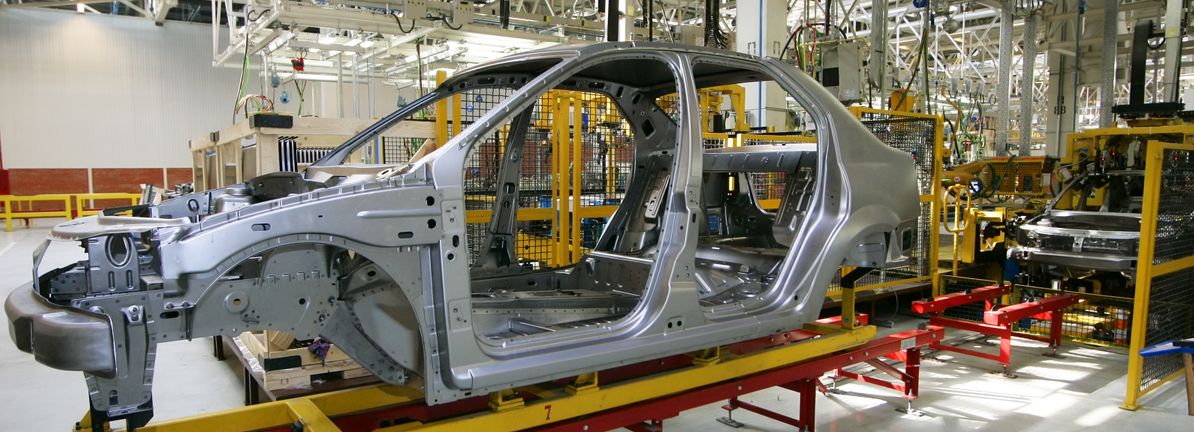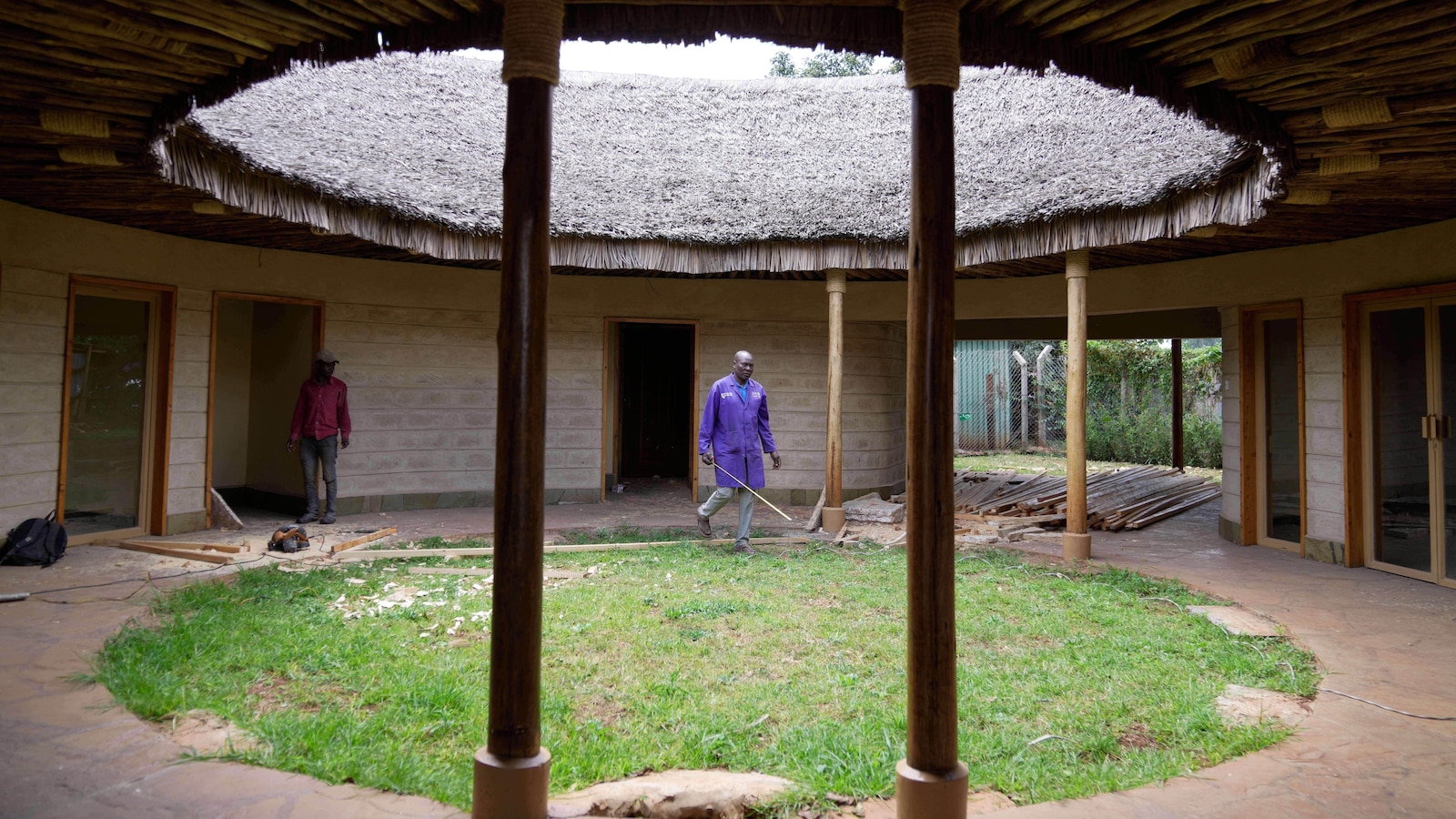Vivo introduced the X300 series this week and this year the family is smaller – there’s no mid-sized vanilla model and no “Pro mini”, just the small X300 and the big X300 Pro. Okay, there is likely an Ultra model and an FE model in…
Blog
-

Assessing Value After Recent Share Price Momentum
Subaru (TSE:7270) shares are catching some attention, and recent moves in the stock have investors taking a closer look. Over the past month, the stock has climbed about 1%, with a more pronounced 22% jump in the past 3 months.
See our latest analysis for Subaru.
After a solid stretch of upward momentum, Subaru’s one-year total shareholder return of 23.5% signals investors are seeing real value buildup, not just in the short bursts but sustained over recent quarters. Momentum looks to be holding strong, with its recent rally supporting investor optimism despite the occasional dip.
If Subaru’s performance has caught your attention, now is an ideal time to see what’s happening across the auto space. Check out See the full list for free.
With Subaru delivering steady returns and strong momentum, the real question for investors is this: Are shares trading below their true value, or is the market already accounting for all the future growth potential?
Subaru’s current price tag comes with a price-to-earnings ratio of just 7.2x, which is notably low compared to both the broad JP market and regional peers. At ¥3,073 per share, investors are acquiring earnings at a significant discount compared to others in the auto sector.
The price-to-earnings ratio measures how much investors are willing to pay for each yen of Subaru’s profit. For auto makers like Subaru, it serves as a shorthand for market expectations regarding earnings quality and growth prospects.
Despite recent share price gains, the market appears to be underpricing Subaru’s consistent underlying profits, as indicated by its ratio being well below market and peer averages. The figure of 7.2x stands out when compared to the Asian Auto industry average of 21.8x and its closest rivals at 15.3x. Even the estimated fair ratio is higher at 11.5x, suggesting a considerable margin for potential revaluation if investor sentiment shifts toward fundamentals.
Explore the SWS fair ratio for Subaru
Result: Price-to-Earnings of 7.2x (UNDERVALUED)
However, sluggish annual revenue growth and a recent dip in net income highlight ongoing challenges. If these issues persist, they could slow Subaru’s impressive momentum.
Find out about the key risks to this Subaru narrative.
While Subaru’s low price-to-earnings ratio hints at an undervalued stock, our DCF model arrives at a different conclusion. According to this approach, shares are trading above the estimated fair value. This suggests the price might not offer much room for long-term upside. Could the market be expecting more than the fundamentals support?
Continue Reading
-
BioShock and Fallout Collide in Lovecraftian Steam Freebie
If you are a fan of all things Lovecraftian, then you will love this upcoming survival FPS which is set to launch later this month.
Inspired by Lovecraft with gameplay elements taken from the BioShock and Fallout series, Beneath is an upcoming FPS…
Continue Reading
-

Australia bowls first in ODI against India led by new captain Shubman Gill
PERTH, Australia (AP) — Australia has won the toss and chosen to bowl Sunday in the first one-day international cricket match against India at Perth.
A strong-looking Indian team is led by Shubman Gill — India’s new ODI skipper replacing…
Continue Reading
-

The Sneakiest Little Design Trick in Gaming Mice | by Alex Rowe | Oct, 2025
Press enter or click to view image in full sizeThe older Logitech Superlight mouse (left) is clearly sad and lame, while the newer slightly smaller Superlight 2C (right) is compact and sleek and cool, right? The endless march of computer game…
Continue Reading
-

Even “diet” soda may be quietly damaging your liver, scientists warn
A large-scale investigation has found that people who regularly consume both sugar-sweetened beverages (SSBs) and low- or no-sugar-sweetened beverages (LNSSBs) face a significantly greater likelihood of developing metabolic dysfunction-associated…
Continue Reading
-

Even “diet” soda may be quietly damaging your liver, scientists warn
A large-scale investigation has found that people who regularly consume both sugar-sweetened beverages (SSBs) and low- or no-sugar-sweetened beverages (LNSSBs) face a significantly greater likelihood of developing metabolic dysfunction-associated…
Continue Reading
-

A mushroom farm in Kenya and fungi-based panels give hope for sustainable building
NAIROBI, Kenya — NAIROBI, Kenya (AP) — A large mushroom farm near the Kenyan capital of Nairobi is one of a kind: It grows fungi on an industrial scale — not as food for restaurants but as a building material that some Kenyans say could make more people homeowners.
The farm produces mycelium, the root structure of mushrooms that a local company then uses to make building materials it says are more sustainable than regular brick and mortar.
The company, MycoTile, combines the roots with natural fibers and agents to make panels that can be used for everything from roof and wall insulation to interior decor, at a fraction of the cost of building with standard clay bricks. It currently produces about 3,000 square meters (yards) of such materials every month.
Street vendor Jedidah Murugi, whose house was made with fungi-based construction materials, said she believes “there is no huge difference in the quality of the houses made from brick and these boards.”
“The only difference,” she said, is in the cost. Her house, she added, “is not cold at night and neither is it hot during the day.”
MycoTile’s work could be a boon for Nairobi, where local leaders cite a housing crisis that has left many homeless or living in informal settlements and dwelling enclaves, prone to fires and sanitary issues. Official figures say there is a housing deficit of at least 2 million units in this metropolis of over 5 million people.
Most Kenyans are renters and those who are homeowners build from the ground up over many years instead of hiring contractors. It is common to find people living in badly finished or incomplete homes to avoid paying rent elsewhere.
“Introducing affordable materials like ours taps into an existing huge market and contributes to providing affordable housing solutions,” said Mtamu Kililo, MycoTile’s founder.
Kililo said his company’s insulation products cost roughly two-thirds of the price of standard materials.
Building a one-bedroom unit in Nairobi using materials such as brick, timber and tin sheets typically costs up to 150,000 Kenyan shillings (about $1,000), for a simple structure, and the figure can double depending on the quality of finishes, according to estimates from builders.
Using mushroom-root panels could shave off a third of the cost of building a house with bricks and mortar. Murugi, the street vendor, spent about 26,880 Kenyan shillings ($208) on the panels for her 15 square meter (161 square feet) home.
Kenyan authorities have recently started working on a national plan for decarbonizing construction and building, with local-led innovation at its center.
As part of the plan, the government allows MycoTile to use facilities at the Kenya Industrial Research and Development Institute in Nairobi, where it has access to machinery.
MycoTile’s fungi-based construction panels are more sustainable than traditional ones because they are biodegradable and harmless to the environment, Kililo told The Associated Press.
His idea was not novel — others elsewhere have experimented with mycelium. The first mycelium house in the southern African nation of Namibia was built by the nonprofit group MycoHAB in May 2024, using technology developed for NASA.
In the Netherlands, one inventor makes mushroom coffins by binding mycelium with hemp fiber in a special mold that ends up resembling an unpainted sarcophagus from ancient Egypt.
Sustainable products from biogenic materials are desirable because they have a low carbon footprint and potentially contribute no emissions, Nickson Otieno, an architect and sustainability expert in Nairobi, said.
Construction “is one of the major emitters,” he added.
The Global Buildings Performance Network, a think tank, earlier this year warned that Kenya “risks locking in decades of carbon-intensive construction” without targeted intervention.
Kililo said his company also uses agricultural waste in its production process, reducing potential pollutants and easing pressure on waste disposal systems.
“We go to western Kenya where there are many sugar manufacturing factories and collect the waste matter,” he said.
The pasteurized agricultural waste is introduced to the mycelium composite from the farmed mushrooms, binding it into dense panels. MycoTile uses up around 250 tons of agricultural waste annually, Kililo said.
For Kililo, the idea came during a research fellowship in the Rwandan capital of Kigali, home to one of the largest mushroom farms in east Africa. Kililo said he learned the process of mushroom farming there.
“The used substrates looked like brick and I thought I could use those in the building industry,” he said.
Returning to Kenya, he decided to create small blocks in his kitchen as part of his research into the fungal basis of sustainable building — never imagining it could someday become commercial.
“I started doing a similar process, growing them in my pantry, baking them in my oven,” he said. “Initially it was purely research.”
___
The Associated Press’ climate and environmental coverage receives financial support from multiple private foundations. AP is solely responsible for all content. Find AP’s standards for working with philanthropies, a list of supporters and funded coverage areas at AP.org.
Continue Reading
-

MIT scientists uncover traces of Earth’s lost ancestor deep beneath surface
They offer a glimpse into the material that predated the massive impact that shaped our modern world.
The findings were published Tuesday in Nature Geosciences, according to ScienceDaily.
“This is maybe the first direct…
Continue Reading

